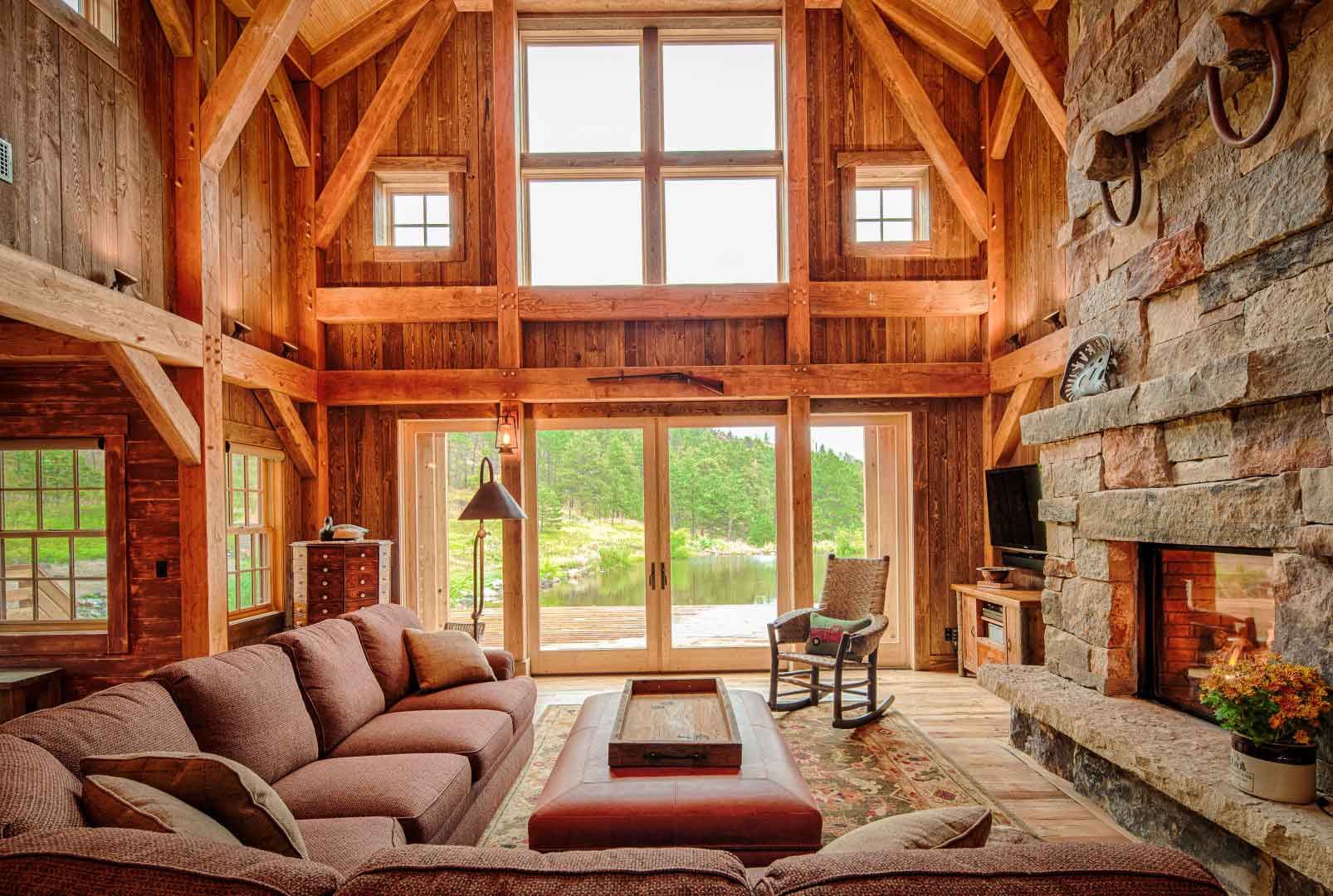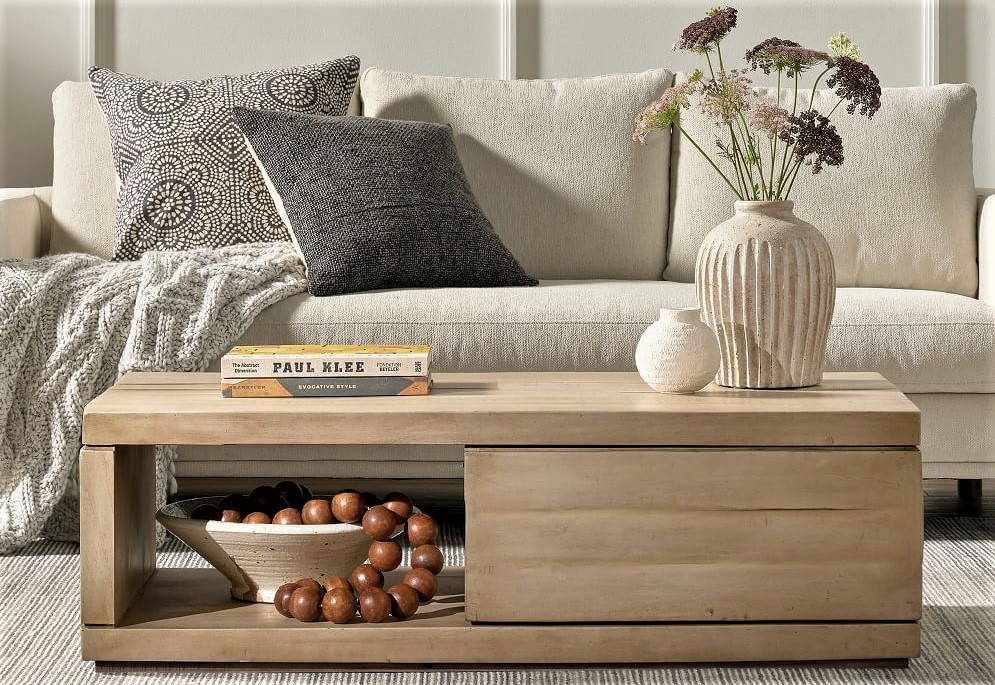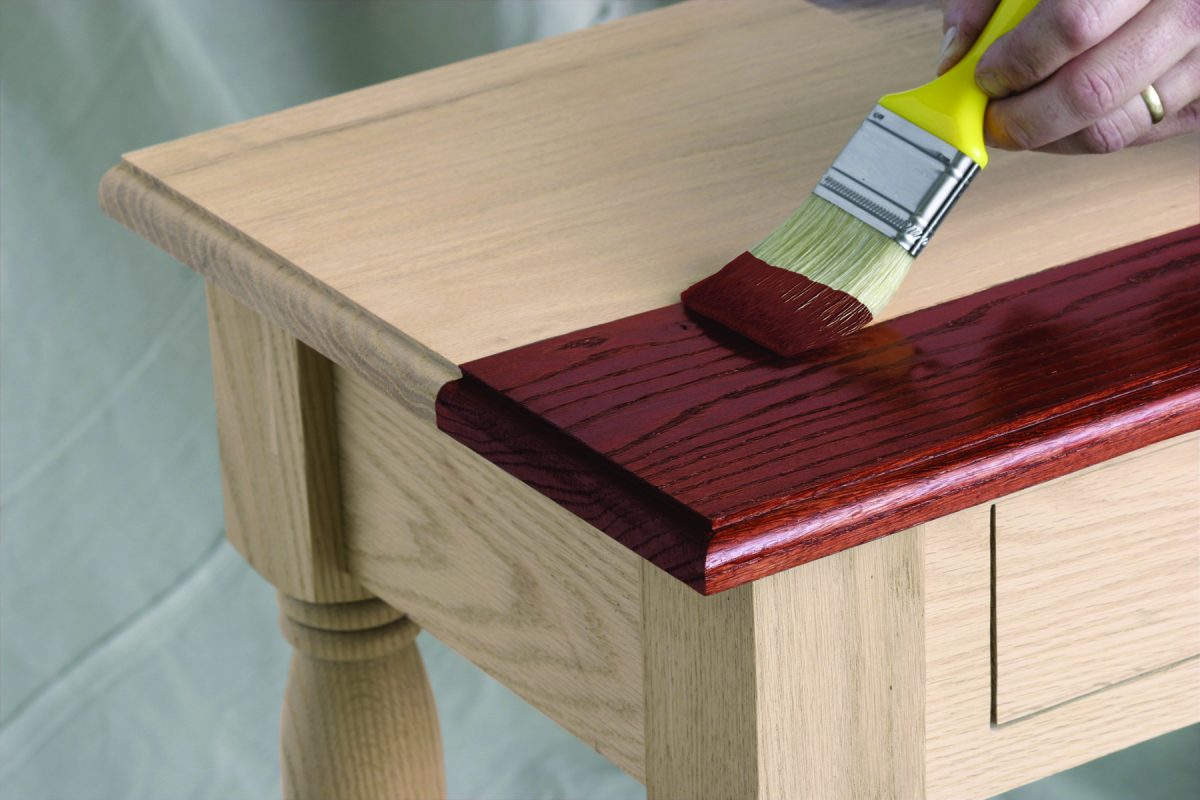Unlocking the Beauty of Scroll Saw Artistry
Woodwork enthusiasts around the world have long been captivated by the mesmerizing artistry that can be achieved through the delicate precision of scroll sawing. This age-old technique, intrinsic to the realm of carpentry, involves the intricate shaping and cutting of wood, resulting in breathtaking masterpieces that showcase the skillful craftsmanship and attention to detail of its creators.
Delving into the realm of scroll sawing unveils a world of endless possibilities and creativity. By utilizing a small, yet powerful, electrically or pedal-operated saw equipped with a narrow, delicate blade, artisans are able to bring forth designs that seem to defy the very nature of wood. From intricate patterns to awe-inspiring forms, scroll sawing allows craftsmen and craftswomen to breathe life into their visions, transforming simple pieces of lumber into works of art.
As one delves deeper into the realm of scroll sawing, it becomes evident that the skills required to excel in this art form extend beyond the mere ability to manipulate the tools and materials. To truly bring a design to life, one must possess a keen eye for detail, an understanding of the unique properties of different wood types, and a mastery of the various cutting techniques. It is through the delicate interplay of these elements that a scroll saw artist is able to create captivating compositions that exude both elegance and complexity.
The allure of scroll sawing lies not only in its ability to produce visually stunning pieces, but also in the therapeutic and meditative benefits it offers to its practitioners. The rhythmic movement of the blade and the flow of the wood as it is expertly maneuvered, can transport the artist into a state of serenity and focus. Each precise cut becomes an opportunity for self-expression, allowing the artist to channel their emotions and imagination onto the canvas of the wood.
Choosing the Right Wood for Scroll Saw Projects
When it comes to creating breathtaking and intricate woodwork using a scroll saw, the choice of wood plays a crucial role in the final outcome of your project. Selecting the right type of wood can greatly impact the level of detail, durability, and overall aesthetic appeal of your finished piece. In this section, we will explore the factors to consider when choosing wood for scroll saw projects and provide a comprehensive guide to help you make informed decisions.
1. Wood Hardness and Density:
- Softwoods, such as pine or cedar, are ideal for beginners and projects that require intricate detailing, as they are easier to cut and carve.
- Hardwoods, like oak or walnut, are more durable and provide a sturdier base for larger and more intricate designs.
- Exotic woods, such as mahogany or teak, offer unique grain patterns and add an element of luxury to your scroll saw projects.
2. Grain Pattern and Texture:
- Straight-grained woods, like maple or birch, are excellent choices for projects that require precise cuts and a clean finish.
- Woods with pronounced grains, such as ash or oak, can add depth and character to your scroll saw projects.
- Burl wood, known for its irregular grain patterns, creates a visually striking effect when used in scroll saw designs.
3. Wood Thickness:
- Thin wood, typically less than 1/8 inch thick, is commonly used for delicate scrollwork and intricate fretwork designs.
- Medium thickness wood, ranging from 1/8 to 1/2 inch, is suitable for a wide range of scroll saw projects and offers a good balance between ease of cutting and durability.
- Thick wood, over 1/2 inch thick, is best suited for heavy-duty projects, such as furniture or decorative plaques.
4. Sustainability and Availability:
- Consider using sustainably sourced wood or reclaimed wood to minimize your impact on the environment and support ethical practices.
- Research the availability of different wood types in your area or explore online options to find the best wood for your scroll saw projects.
Selecting the right wood for your scroll saw projects is a crucial step towards achieving stunning and professional results. By considering factors such as wood hardness, grain pattern, thickness, and sustainability, you can ensure that your chosen wood enhances the overall beauty and intricacy of your finished piece.
Getting Started: Basic Scroll Saw Patterns for Beginners
In this section, we will explore the fundamental scroll saw patterns that are perfect for beginners looking to delve into the intricate world of woodworking. These patterns will serve as a launching point for your scroll saw journey, allowing you to develop your skills and create beautiful designs with ease.
Choosing the Right Patterns
Before you start your first project, it is essential to choose the right patterns that match your skill level. As a beginner, it is advisable to opt for simpler designs that involve basic shapes and lines. These patterns will help you grasp the fundamental techniques of scroll sawing, such as making straight cuts and mastering curves.
Additionally, it is crucial to select patterns that align with your interests and preferences. Whether you enjoy creating animals, landscapes, or decorative elements, choosing patterns that resonate with you will make your scroll sawing experience more enjoyable and rewarding.
The Must-Have Tools
While getting started with scroll sawing, there are a few essential tools that every beginner should have at their disposal. These tools include a reliable scroll saw, appropriate blades, safety goggles, and a sturdy workbench or table. Investing in high-quality tools will not only ensure precision and accuracy but also contribute to a safe and enjoyable woodworking experience.
| ESSENTIAL TOOLS FOR BEGINNERS |
|---|
| 1. Scroll saw |
| 2. Assorted blades |
| 3. Safety goggles |
| 4. Sturdy workbench or table |
Once you have gathered the necessary tools, you will be ready to embark on your scroll sawing journey and start bringing your creative visions to life.
Taking it to the Next Level: Advanced Scroll Saw Techniques
Advancing your skills in scroll saw woodworking opens up a whole new world of possibilities. In this section, we will explore techniques that will elevate your craftsmanship to new heights. With these advanced techniques, you will be able to create intricate designs that showcase your expertise and attention to detail.
1. Introducing Compound Cuts
One of the most exciting techniques in advanced scroll saw woodworking is compound cutting. Unlike traditional straight cuts, compound cuts involve moving the workpiece at varying angles while cutting. This technique allows you to create three-dimensional effects, intricate patterns, and stunning visual illusions in your woodwork. We will delve into the principles behind compound cuts and provide step-by-step instructions on how to master this technique.
2. Exploring Inlay and Marquetry
Achieve a truly remarkable level of detail by incorporating inlay and marquetry into your scroll saw projects. Inlay involves embedding contrasting wood pieces or other materials into your workpiece to create decorative patterns, while marquetry refers to the art of creating complex designs using different types and colors of wood veneer. We will guide you through the process of creating stunning inlay and marquetry designs, including tips on material selection, precision cutting, and flawless assembly.
| ADVANCED SCROLL SAW TECHNIQUES COVERED: |
|---|
| – Compound cutting |
| – Inlay and marquetry |
| – Creating 3D effects |
| – Incorporating textural elements |
| – Advanced finishing techniques |
With the knowledge gained from this section, you will be able to push the boundaries of scroll saw woodworking and bring your projects to life with intricate details and captivating designs. Get ready to take your scroll saw skills to the next level and amaze others with your artistic prowess!
Enhancing the Artistry: Adding Colors and Finishes to Scroll Saw Projects
Bringing your scroll saw projects to life goes beyond mastering the intricate woodwork. By adding colors and finishes, you can take your creations to a whole new level of artistry. In this section, we will explore the various techniques and options available to enhance the visual appeal of your scroll saw projects.
Choosing the Right Colors
One of the fundamental aspects of adding colors to scroll saw projects is selecting the right palette. When choosing colors, consider the overall theme and mood you want to convey. Soft, earthy tones can bring a sense of warmth and elegance, while vibrant hues can add a bold and attention-grabbing touch. Experiment with different shades and combinations to find what works best for your piece.
Exploring Different Finishes
Finishes play a crucial role in protecting the wood and enhancing its natural beauty. There is a wide range of finishes to choose from, each offering unique benefits and effects. From clear and glossy varnishes that highlight the intricate details to matte finishes that give a more rustic appearance, explore the possibilities and select a finish that complements your design. Additionally, certain finishes can also add texture or depth to the wood, further enhancing the overall look and feel of your scroll saw project.
| TECHNIQUE | DESCRIPTION |
|---|---|
| Staining | Applying pigmented solutions to add color while allowing the wood grain to show through. |
| Painting | Using brushes or airbrushes to apply paint for more precise and intricate designs. |
| Distressing | Creating an aged or weathered look by using techniques such as sanding or applying multiple layers of different finishes. |
| Gilding | Adding a luxurious touch by applying thin layers of gold or metallic leaf to specific areas of the project. |
Remember, adding colors and finishes is an opportunity to let your creativity shine. Embrace the possibilities and explore different techniques to add that final touch of artistry to your scroll saw projects.
Showcasing Your Masterpieces: Tips for Displaying and Selling Scroll Saw Crafts
One of the most satisfying aspects of creating scroll saw crafts is the opportunity to share your masterpieces with others. Whether you are a hobbyist or a professional, knowing how to effectively display and sell your creations can make a significant difference in attracting customers and generating sales. In this section, we will explore some valuable tips and strategies for showcasing your scroll saw crafts, from choosing the right display options to creating an appealing online presence.
1. Curating Display Spaces
When it comes to displaying your scroll saw crafts, it’s important to choose the right setting that enhances the beauty and intricacy of your work. Consider participating in local craft fairs or artisan markets where potential customers can see and touch your pieces firsthand. Additionally, seek out local art galleries or boutique shops that align with the aesthetic of your crafts and inquire about the possibility of showcasing your work on consignment. Curating these display spaces will not only provide exposure but can also lead to potential sales and collaborations.
2. Mastering Online Presence
In today’s digital age, having a strong online presence is crucial for reaching a broader audience and increasing your chances of selling scroll saw crafts. Start by creating a visually appealing and user-friendly website or online store where customers can easily browse and purchase your products. High-quality product images, detailed descriptions, and customer testimonials can help create trust and boost sales. Don’t forget to leverage social media platforms, such as Instagram and Facebook, to showcase your work, engage with your audience, and promote special offers or events. Building an online community through regular updates and interaction can lead to a loyal customer base and repeat sales.
Remember, effectively showcasing and selling your scroll saw crafts requires a combination of offline and online strategies. By curating display spaces and honing your online presence, you can maximize the exposure of your masterpieces and turn your passion into a successful venture.
Questions and answers: Scroll saw artistry
What are some popular subjects for scroll saw art?
Popular subjects for scroll saw art include landscapes, animals, geometric patterns, and portraits.
Where can I find tutorials or demonstrations on scroll saw art techniques?
You can find tutorials and demonstrations on scroll saw art techniques on various online platforms such as YouTube, where artists share videos showcasing their process and offering tips and tricks for beginners.
What are some popular content topics on YouTube?
Popular content topics on YouTube include tutorials, vlogs, reviews, gaming, cooking, fashion, and DIY projects.
Who is Newton and what does he do?
Newton is a content creator on YouTube known for his woodworking projects and tutorials.
Where can I find the transcript for a YouTube video?
You can find the transcript for a YouTube video by clicking on the “…” button below the video player, selecting “Open transcript,” and then scrolling through the text that appears on the right side of the video.
Why should I subscribe to a YouTube channel?
Subscribing to a YouTube channel allows you to stay updated with the latest content from your favorite creators and support their work.
How can I leave a comment on a YouTube video?
To leave a comment on a YouTube video, scroll down to the comment section below the video player and type your comment in the text box. Then, click the “Comment” button to post it.
What materials are commonly used for wood art?
Common materials used for wood art include different types of wood, wood stains, paint, varnish, and wood carving tools.
What is a template in woodworking?
In woodworking, a template is a pre-made pattern or design that is used as a guide for cutting or shaping wood to create a specific shape or form.
How can I build a storage solution for my woodworking tools?
To build a storage solution for woodworking tools, you can create shelves, cabinets, pegboards, or toolboxes using wood or other materials.
What is reverse woodworking?
Reverse woodworking is a technique where the woodworker starts with a finished piece of wood and removes material to reveal a design or shape, often using carving or engraving tools.
What are some examples of cool stuff you can make with woodworking?
Some examples of cool stuff you can make with woodworking include furniture, sculptures, decorative items, toys, and custom gifts.




